Conference Countdown Challenge


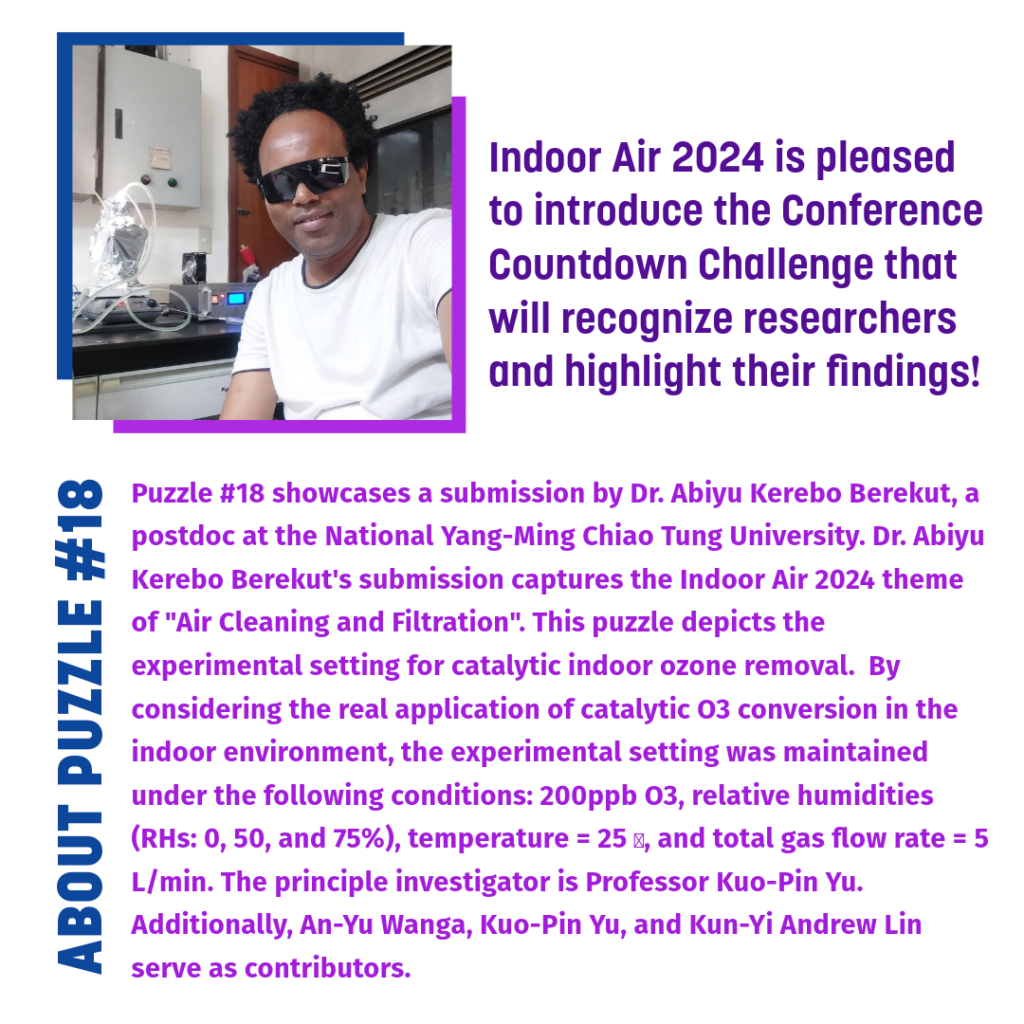

Indoor Air 2024 will be hosting a puzzle challenge to highlight recent research/findings related to indoor environmental quality.
Here’s how it works:
- Submit images of overview figures, microscopy, graphs, photographs, or anything else that highlights your work.
- Images will be evaluated on a rolling basis and selected for inclusion. All images submitted prior to image selection will be considered (after you submit an image it will be considered for all subsequent weekly and bi-weekly selections), so you only need to submit an image once.
Challenge Rules:
Leaderboard and Prizes
- The image must be an original work by you
- You must own the copyright or have written permission of the copyright owner
- You give us permission to post the image on the Indoor Air 2024 website and use it (with attribution to you) in other materials to promote the conference
- Images must be appropriate and comply with the ISIAQ code of ethics https://www.isiaq.org/isiaq_code_of_ethics.php
Player Rules
- Post your name and organization to the leaderboard, which will be publicly visible along with your time if you score a top time. You can play an unlimited number of times each week.
- The one winner with the fastest time each week will be eligible to receive the prize. In the event of a tie, the person who posted the winning time first will receive the prize for that week.
- You can only win one prize throughout the entire competition, but you are welcome to continue to play the puzzle to have your name posted on the leaderboard.
- You must attend the conference in-person to collect the prize because we are unable to ship them to everyone. You must be registered at least 1 week prior to the conference (when we will create the list of winners) and also attend in-person.
- If the first winner for a particular week is unable to collect the prize, the prize for that week will then be made available to the next fastest time and so on until a winner is selected for that week.
Outstanding puzzle submissions will be honored at the Indoor Air 2024 Convention!
Prizes:
Leaderboard Prize
The leading puzzle solvers for each week will receive an action waterproof camera at the conference!

Submission Prize
The top 8 submissions will receive an honorary award and recognition during the conference.
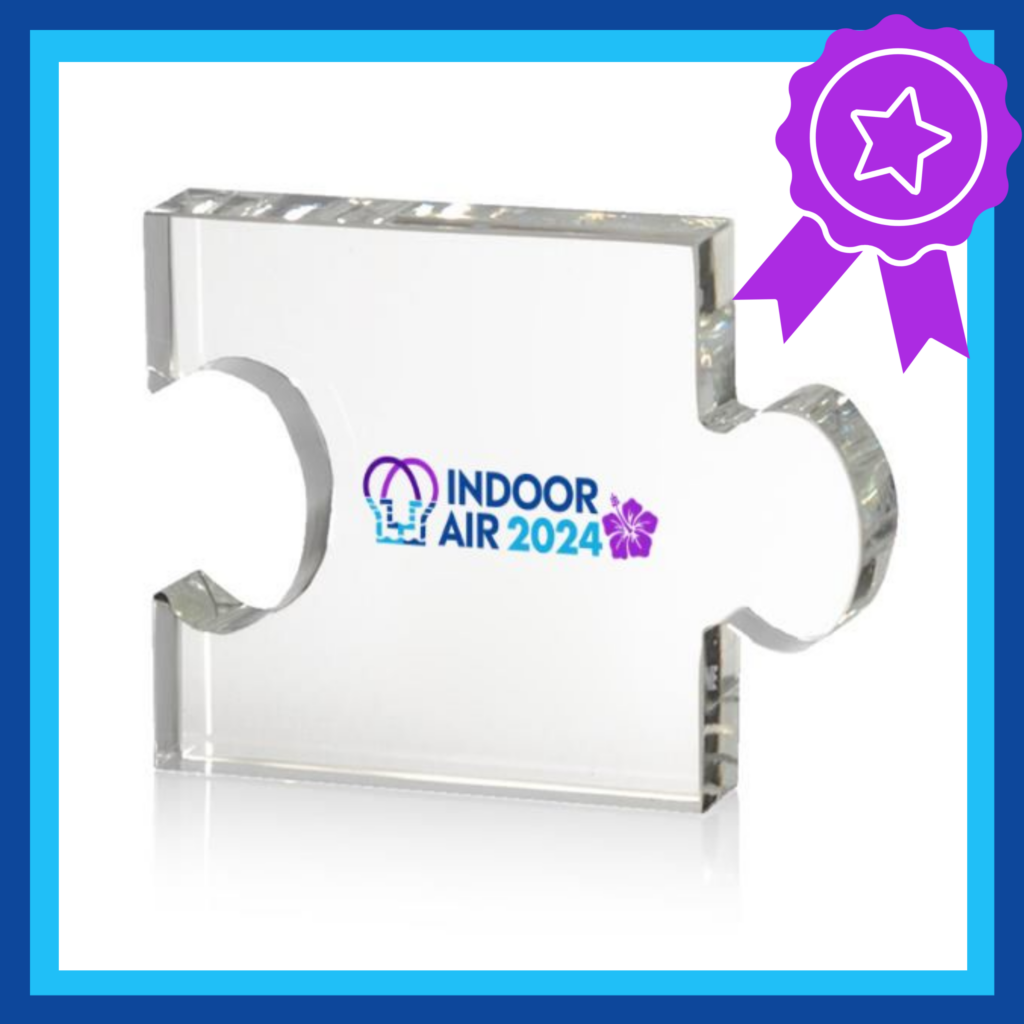
Ready to get your work highlighted? Click the Button Below!

Puzzle 17- Metal Arc Welding
Description of Findings:
- This puzzle depicts a welder performing manual gas metal arc welding in a ship hull block. Welding fumes are a significant contributor to indoor air pollution in factories and can lead to occupational respiratory diseases among welders. This study marks the initial attempt to comprehensively assess welders’ exposure to welding fumes by developing a protocol applicable to workers exposed to particulate matter generated from their operations. The principle investigator is Li Liu. Additionally, Mengjie Duan, Weiqi Guo, Daoyu Yang, Shibiao Su, and Xudong Li serve as contributors.
About the submitter:
- Puzzle #17 showcases a submission by Yiran Lu, a graduate student at Tsinghua University. Yiran’s submission captures the Indoor Air 2024 theme of “Aerosols and Particulate Matter”.
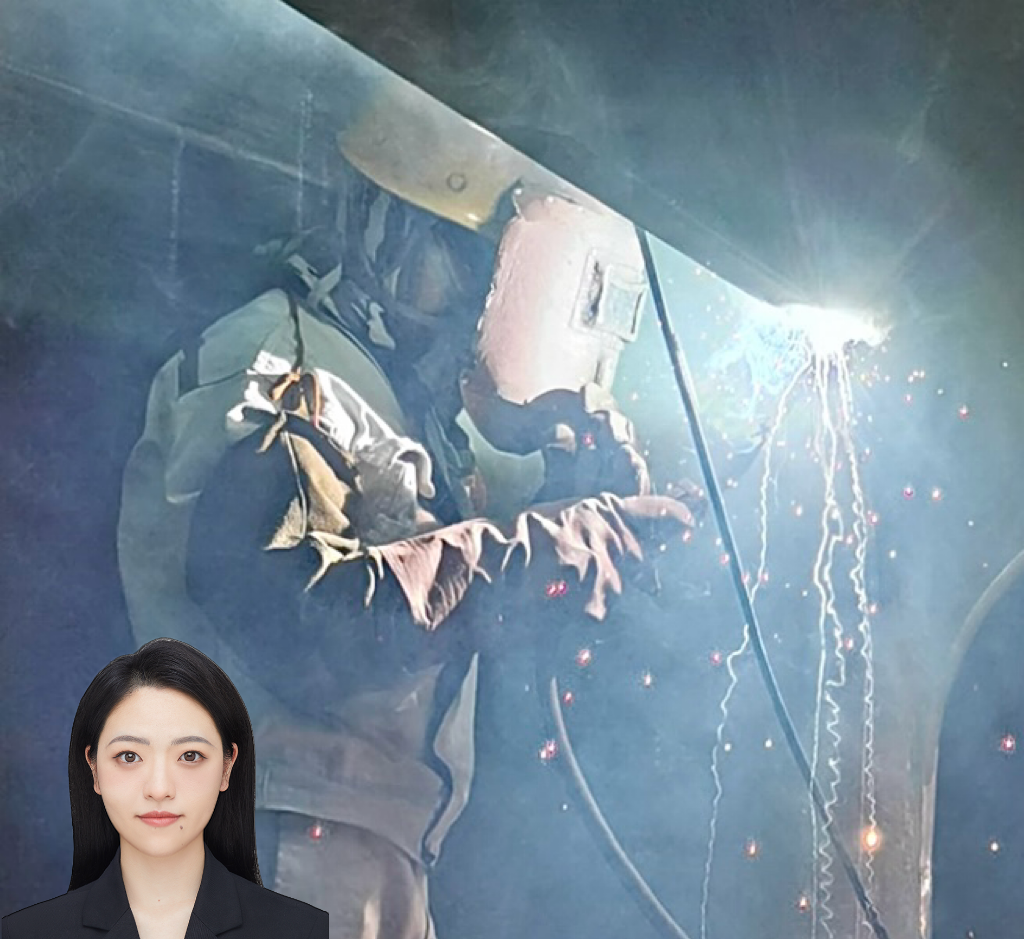
Leaderboard Winner/Runner Ups:
Yoshiki Shinoda (Winner)
- Time: 0:04
- Affiliation: Kogakuin University
Jo Wakui
- Time: 0:05
- Affiliation: Kogakuin University
Mahender Singh Rawat
- Time: 0:08
- Affiliation: Clarkson University
Puzzle 16- Outdoor Radiative Cooling Measurement
Description of Findings:
- Yue’s submission captures the Indoor Air 2024 theme of “Thermal Comfort and Perception”. The image depicts radiative cooling coating being sprayed on a pilot building. The study examines the effect of natural aging on the long-term cooling performance of the radiative cooling coating. Biao Lu, Yue Lei, Yuhua Deng, Shan Gao, and Chi Feng serve as contributors.
About the submitter:
- Puzzle #16 showcases a submission by Yue He, a graduate student at the School of Architecture and Urban Planning at Chongqing University.
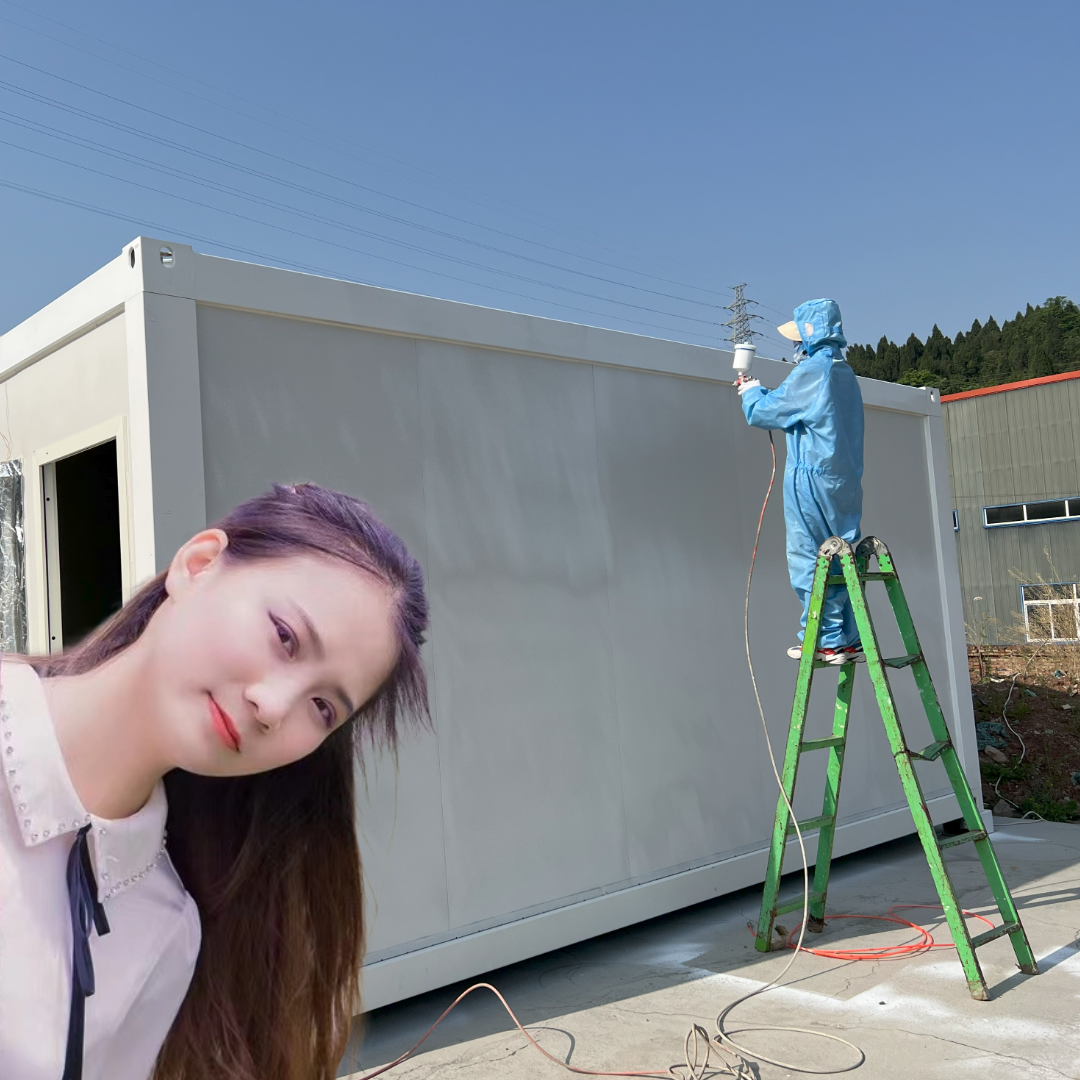
Leaderboard Winner/Runner Ups:
Yoshiki Shinoda (Winner)
- Time: 0:03
- Affiliation: Kogakuin University
Jo Wakui
- Time: 0:03
- Affiliation: Kogakuin University
Beatriz Klimeck
- Time: 0:07
- Affiliation: UCSD
Puzzle 15- Microbial Growth in the International Space Station
Description of Findings:
- This image captures the essence of groundbreaking research and the relentless pursuit of solutions that could revolutionize the field of nanotechnology in the fight against viruses. The principal investigator is Dr. Kuo-Pin Yu. Additionally, Mastewal Endeshaw Getnet, Muchsin Maulana, Rasham Sal-lah-Ud-Din, Kuo-Pin Yu serve as contributors.
About the submitter:
- Puzzle #15 showcases a submission by Wonder, a graduate student at the National Yang Ming Chiao Tung University. Wonder’s submission captures the Indoor Air 2024 theme of “Air Cleaning and Filtration”. Witness the future of scientific innovation as a dedicated student, Wonder, meticulously engineers’ cutting-edge nanomaterials for virus inactivation. With unwavering passion and advanced research skills, this aspiring scientist is at the forefront of combating infectious diseases.
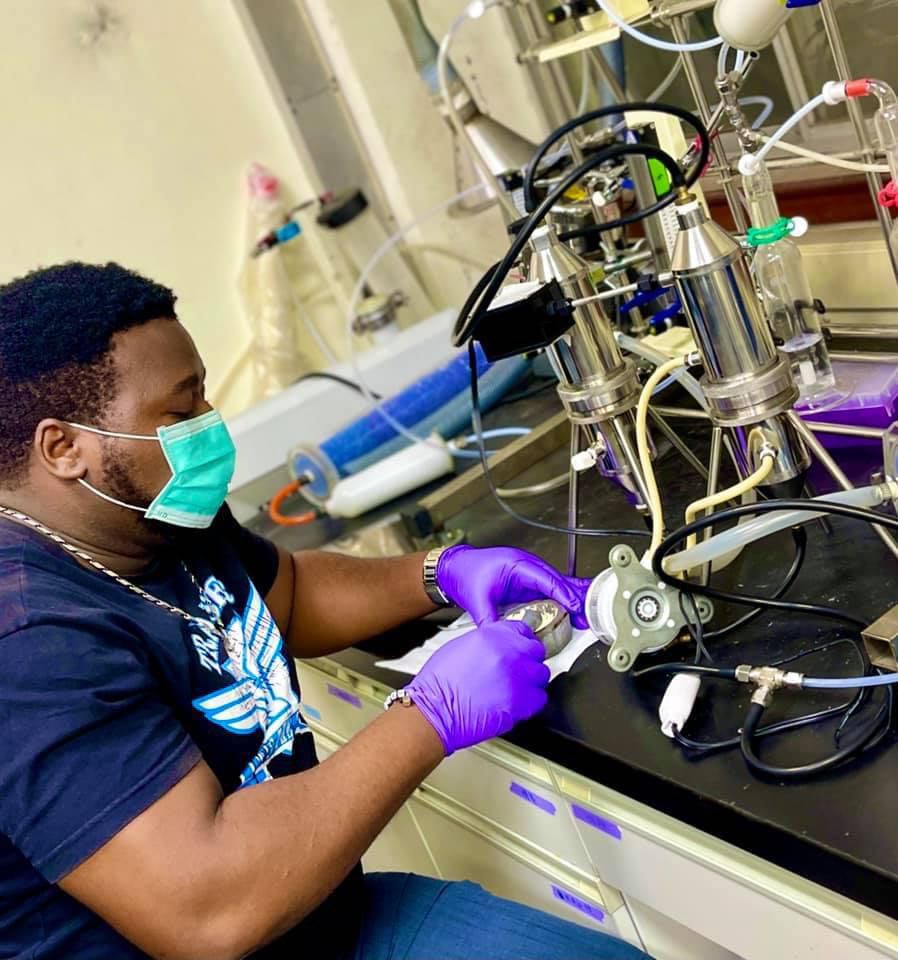
Leaderboard Winner/Runner Ups:
Ting Fu (Winner)
- Time: 0:03
- Affiliation: Chongqing University
Yoshiki Shinoda
- Time: 0:04
- Affiliation: Kogakuin University
Yiran Lu
- Time: 0:05
- Affiliation: Tsinghua University
Puzzle 14- Microbial Growth in the International Space Station
Principal Investigator: Dr. Karen Dannemiller
Description of Findings:
- This submission depicts a scanning electron microscopy image of dust collected from the HEPA filter covering onboard the International Space Station when exposed to 100% relative humidity conditions for 2-weeks during an Earth-based ground study- mimicking exposure to unexpected high moisture conditions. Ashleigh Bope, Merit E. Meyer, and John M Horack serve as contributors.
About the submitter:
- Puzzle #14 showcases a submission by Nicholas Nastasi, a graduate student at The Ohio State University. Nicholas’ submission captures the Indoor Air 2024 theme of “Dampness, Mold, and the Indoor Microbiome”.

Leaderboard Winner/Runner Ups:
Jo Wakui (Winner)
- Time: 0:03
- Affiliation: Kogakuin University
Yoshiki Shinoda
- Time: 0:03
- Affiliation:Kogakuin University
Yong Woo Song
- Time: 0:05
- Affiliation: Chung-Ang university
Puzzle 13- Crazy Mold
Principal Investigator: Ting Fu
Description of Findings:
- This puzzle shows photographs of mold sampled by Ting Fu on the interior walls of a college dormitory. The results show that the amount of visible mold observed on the surfaces of building materials under certain building environmental conditions is crazy, requiring us to pay more attention to moisture and mold problems in building interiors. Additionally, Qiujia Lai, Di Huang, Shan Gao, Huan Liu, and Chi Feng serve as contributors.
About the submitter:
- Puzzle #13 showcases a submission by Ting Fu, a graduate student at Chongqing University’s School of Architecture and Urban Planning. Fu’s submission captures the Indoor Air 2024 theme of “Dampness, Mold, and the Indoor Microbiome”.
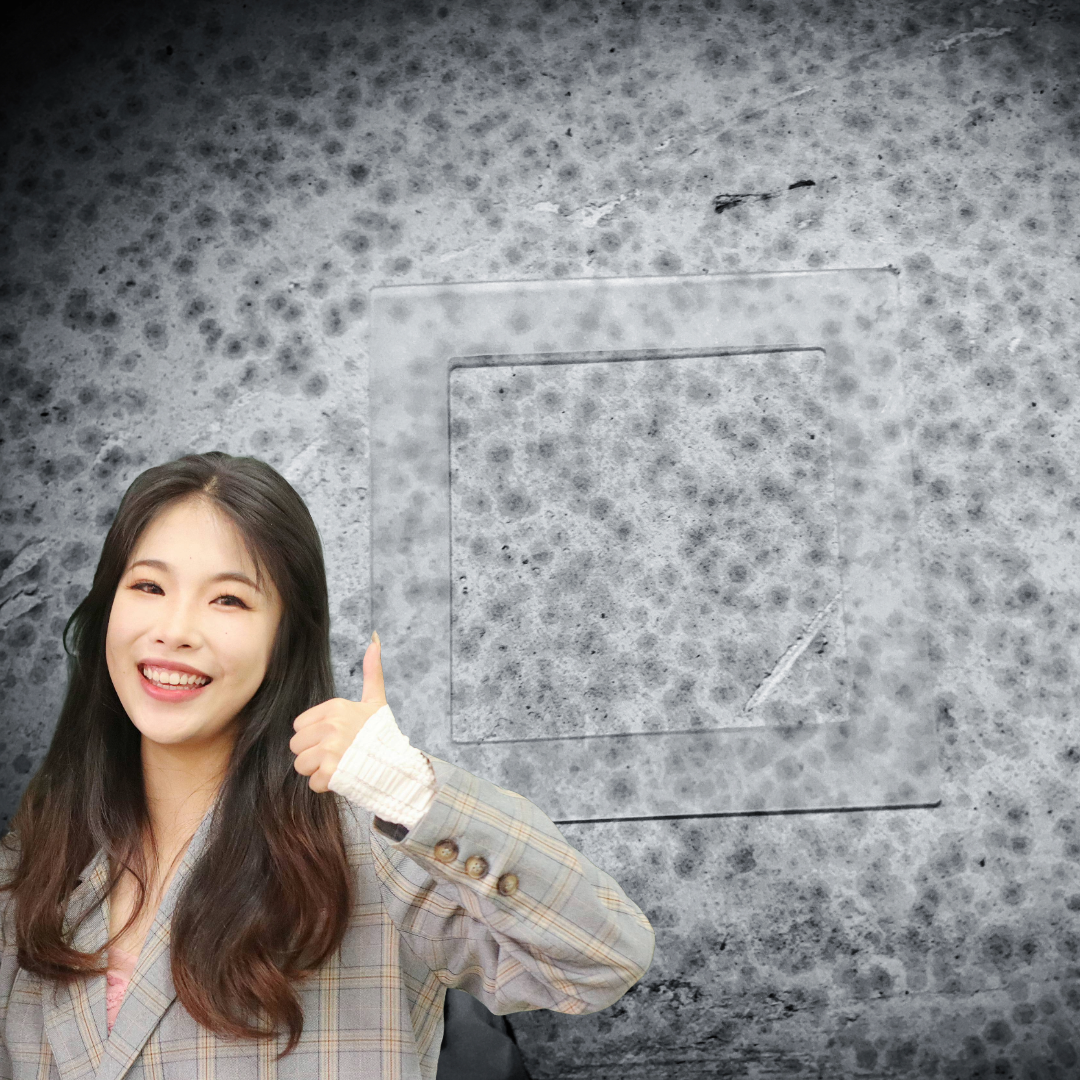
Leaderboard Winner/Runner Ups:
Yoshiki Shinoda (Winner)
- Time: 0:04
- Affiliation: Kogakuin University
Jonas Enarsson
- Time: 0:08
- Affiliation: Lund University
Sharleen Chan
- Time: 0:11
- Affiliation: Stanford University
Puzzle 12: What's possible with ubiquitous sensing?
Principal Investigator: Jordan Clark
Description of Findings:
- The Sustainable Buildings Engineering Lab at Ohio State is involved in several efforts around smart control of indoor environments based on signals from low-cost sensors. This image shows the initial chamber calibration in preparation for the deployment of sensors across campus. The principle investigator is Dr. Jordan Clark. Additionally, Yashvi Malhotra, Sreenand Sreedevi, and Troye Sas-Wright serve as contributors.
About the submitter:
- Puzzle #12 showcases a submission by Troye Sas-Wright, a graduate student at The Ohio State University. Troye’s submission captures the Indoor Air 2024 theme of “Sensors and Monitoring”.
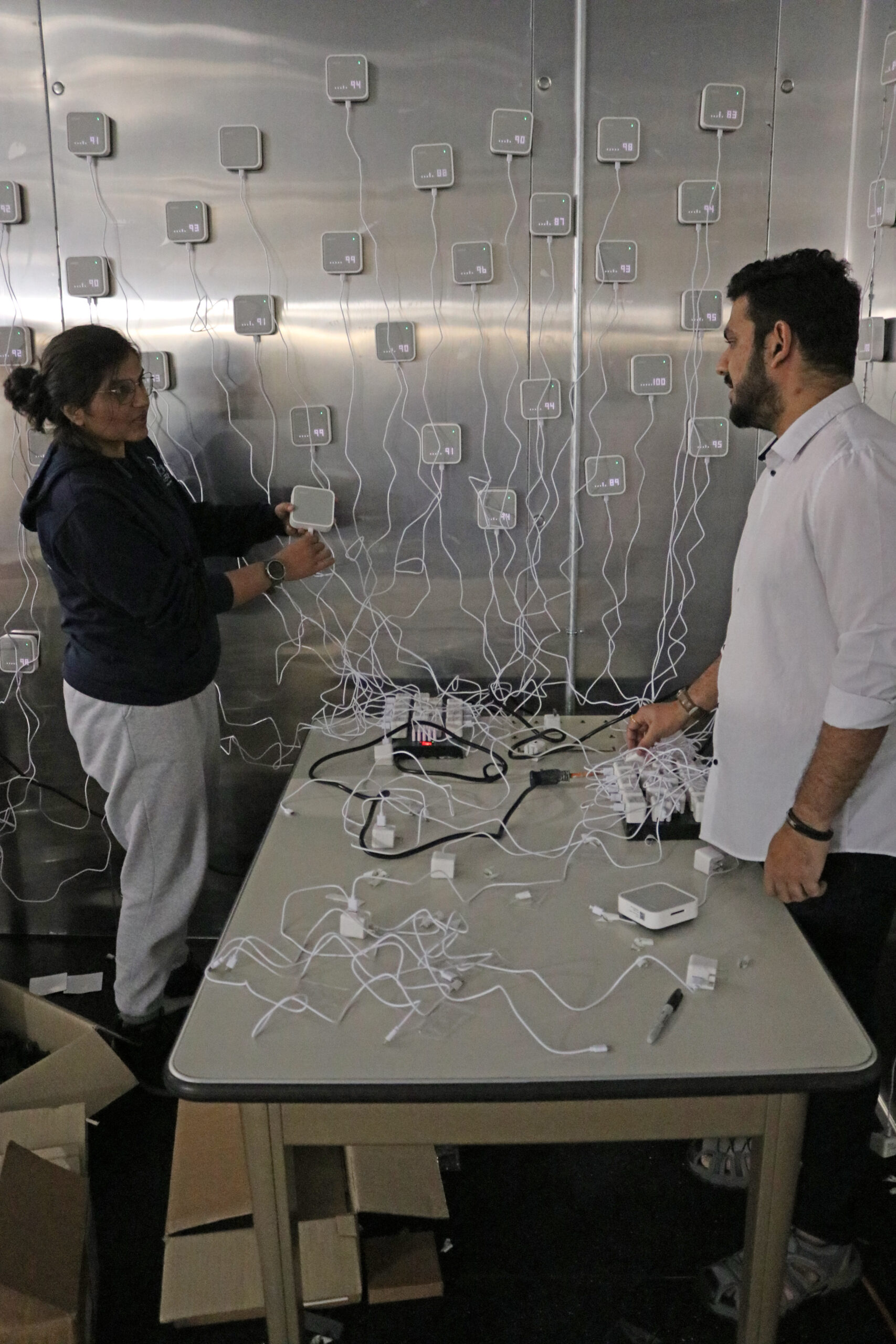
Leaderboard Winner/Runner Ups:
Yoshiki Shinoda (Winner)
- Time: 0:05
- Affiliation: Kogakuin University
Jo Wakui
- Time: 0:06
- Affiliation: Kogakuin University
Arttu Sivula
- Time: 0:24
- Affiliation: Turku UAS
Puzzle 11: Special Edition
Editor-in-Chief:
Yuguo Li, PhD
- The University of Hong Kong, Hong Kong, Hong Kong
- Visit the official Indoor Environments webpage to view the entire editorial board.
Description:
- ISIAQ is proud to introduce our new journal, Indoor Environments ISSN 2950-3620, published by Elsevier. As an international, multi-disciplinary and research journal dedicated to indoor environmental sciences, Indoor Environments publishes original research papers and review papers related to indoor environments, health, comfort, and climate change adaption and mitigation associated with indoor climate. The journal focuses on multi-disciplinary research towards healthy and comfortable indoor environments for people. Contributions from different disciplines (engineering, architecture, public health, health interventions, psychology, epidemiology, toxicology, chemistry, microbiology, and physics, etc.) are welcomed.
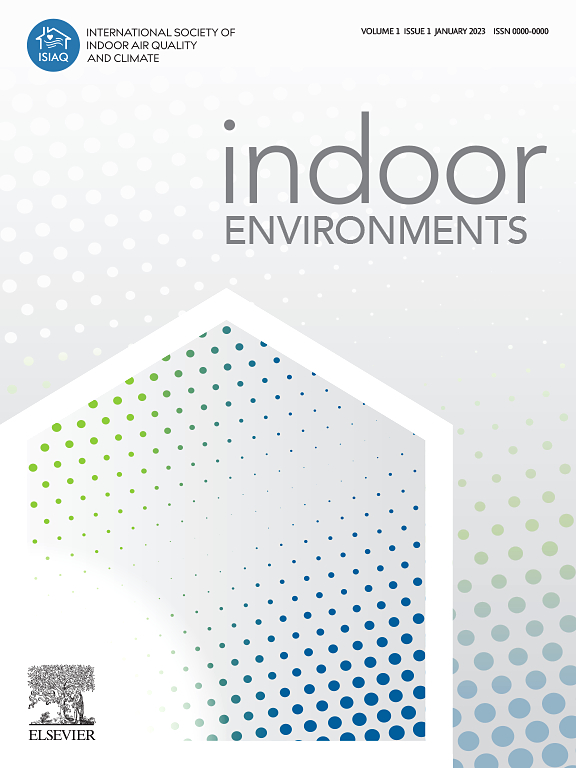
Leaderboard Winner/Runner Ups:
Jo Wakui (Winner)
- Time: 0:04
- Affiliation: Kogakuin University
Yong Woo Song
- Time: 0:08
- Affiliation: Chung-Ang University
Yoshiki Shinoda
- Time: 0:09
- Affiliation: Kogakuin University
Puzzle 10: CO2 Monitoring
Principal Investigator: Dr. Mark Hernandez
Description of Findings:
- Anna’s submission captures the Indoor Air 2024 theme of “Sensors and Monitoring”. The image depicts Dr. Odessa Gomez setting up a grid of CO2 monitors to evaluate ventilation and mixing in a Denver Public School classroom. The principle investigator is Dr. Mark Hernandez.
About the submitter:
- Puzzle #10 showcases a submission by Anna Segur, a laboratory staff member at the Hernandez Aerobiology & Disinfection Laboratory at the University of Colorado Boulder.

Leaderboard Winner/Runner Ups:
Alice Caporale (Winner)
- Time: 0:05
- Affiliation: University of Bologna
Yoshiki Shinoda
- Time: 0:05
- Affiliation: Kogakuin University
Ruiji Sun
- Time: 0:07
- Affiliation: UC Berkeley
Puzzle 9: Measuring Emissions from Asphalt
Principal Investigator: Dr. Pawel Misztal
Description of Findings:
- Who knew how many chemicals were in the asphalt we drive on every day? Puzzle #9 depicts Dr. Pawel Misztal operating the machine their lab lovingly named “the Sniffer”. It detects volatile organic compounds in real-time, allowing one to see the chemical composition of the air. In this picture, the emissions associated with the asphalt lab at the University of Texas at Austin’s engineering school are being measured. This is one of Anna’s favorite pictures, as it involves two of her passions: film, photography, and indoor air quality. She also can’t help but notice the “I Love Asphalt” bumper sticker affixed to the door! The principle investigator is Professor Pawel Misztal.
About the submitter:
- Puzzle #9 showcases a submission by Anna Neville, a graduate student at the University of Texas at Austin. Anna’s submission captures the Indoor Air 2024 theme of “Sensors and Monitoring”.
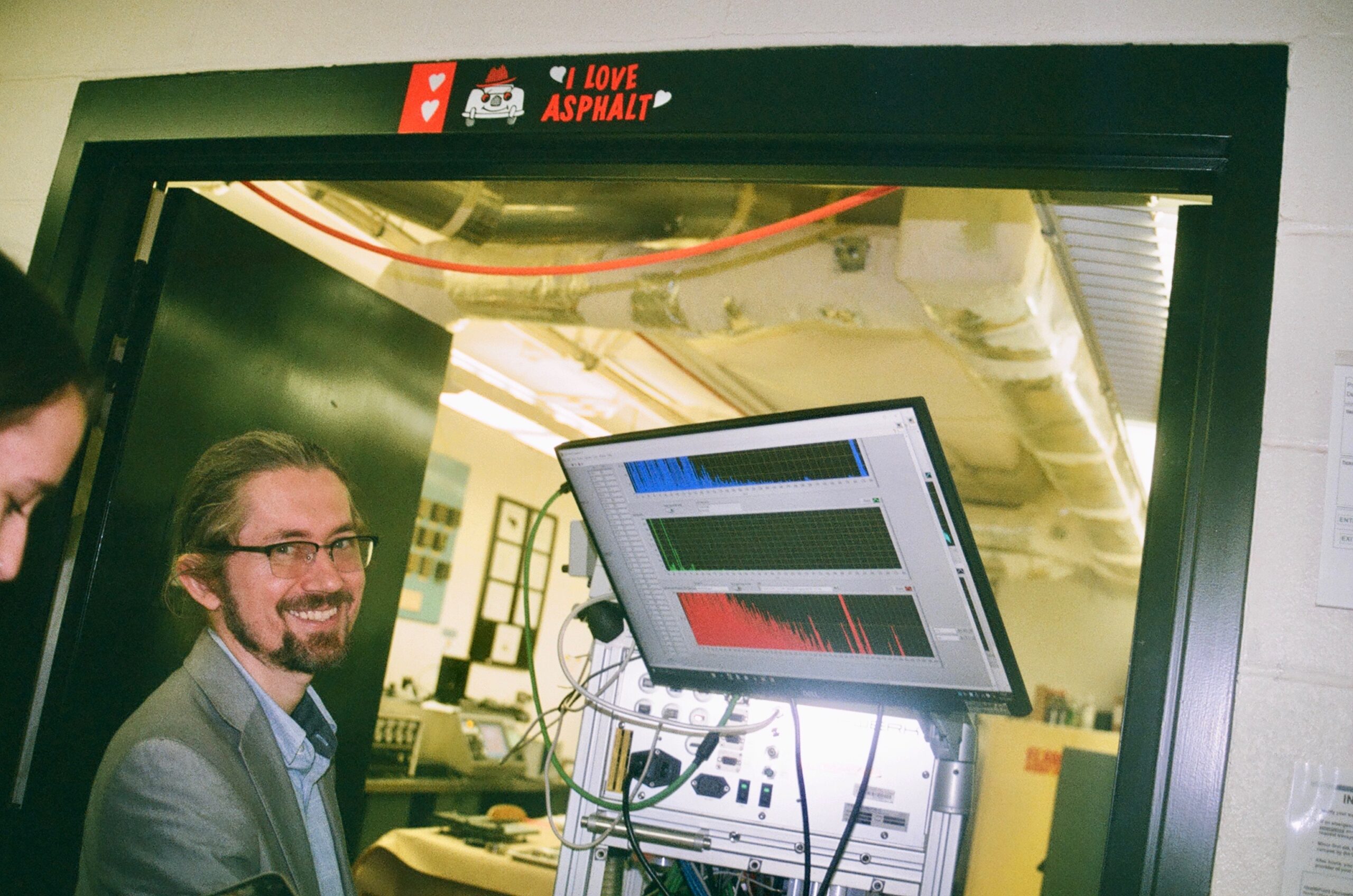
Leaderboard Winner/Runner Ups:
YiHsing Chang (Winner)
- Time: 0:57
- Affiliation: National Cheng Kung University
Lauren Prox
- Time: 1:20
- Affiliation: Duke University
Yibing Hu
- Time: 1:32
- Affiliation: Nanjing University
Puzzle 8: Mold Rave
Principal Investigator: Dr. Pawel Misztal
Contributors: Amanda Stickney, Kerry Kinney, Karen Dannemiller
Description of Findings:
- Benjamin’s submission captures the Indoor Air 2024 theme of “Dampness, Mold, and the Indoor Microbiome”. Puzzle #8 depicts the experimental setup to measure mold emissions under different humidity and lighting conditions.
About the Principle Investigator:
- Puzzle #8 showcases a submission by Benjamin Marshall, a graduate student at the University of Texas at Austin.

Leaderboard Winner/Runner Ups:
Mahender Singh Rawat (Winner)
- Time: 0:19
- Affiliation: Clarkson University
Nick Nastasi
- Time: 0:28
- Affiliation: The Ohio State University
Beatriz Klimeck
- Time: 1:54
- Affiliation: University of California San Diego
Puzzle 7: Jingle Bells, What are Those Smells?
Principal Investigator: Dr. Dustin Poppendieck
Contributors: Rileigh Robertson, Michael Link
Description of Findings:
- Every year in the United States conifers are purchased to act as Christmas trees in homes where they emit volatile organic compounds (VOCs) to the indoor environment. Although many studies have measured the ecosystem-level emissions of VOCs from conifers outdoors, little is known about VOC emission rates once a conifer is brought indoors. This research quantified monoterpene emissions from a live tree along with secondary formaldehyde formation from ozone exposure. We conclude that the placing of a live Christmas trees indoors is a source of VOCs comparable to sources such as air fresheners, building materials, and personal care products.
About the Principle Investigator:
- Puzzle #7 showcases a submission by Dustin Poppendieck from the National Institute of Standards and Technology (NIST).
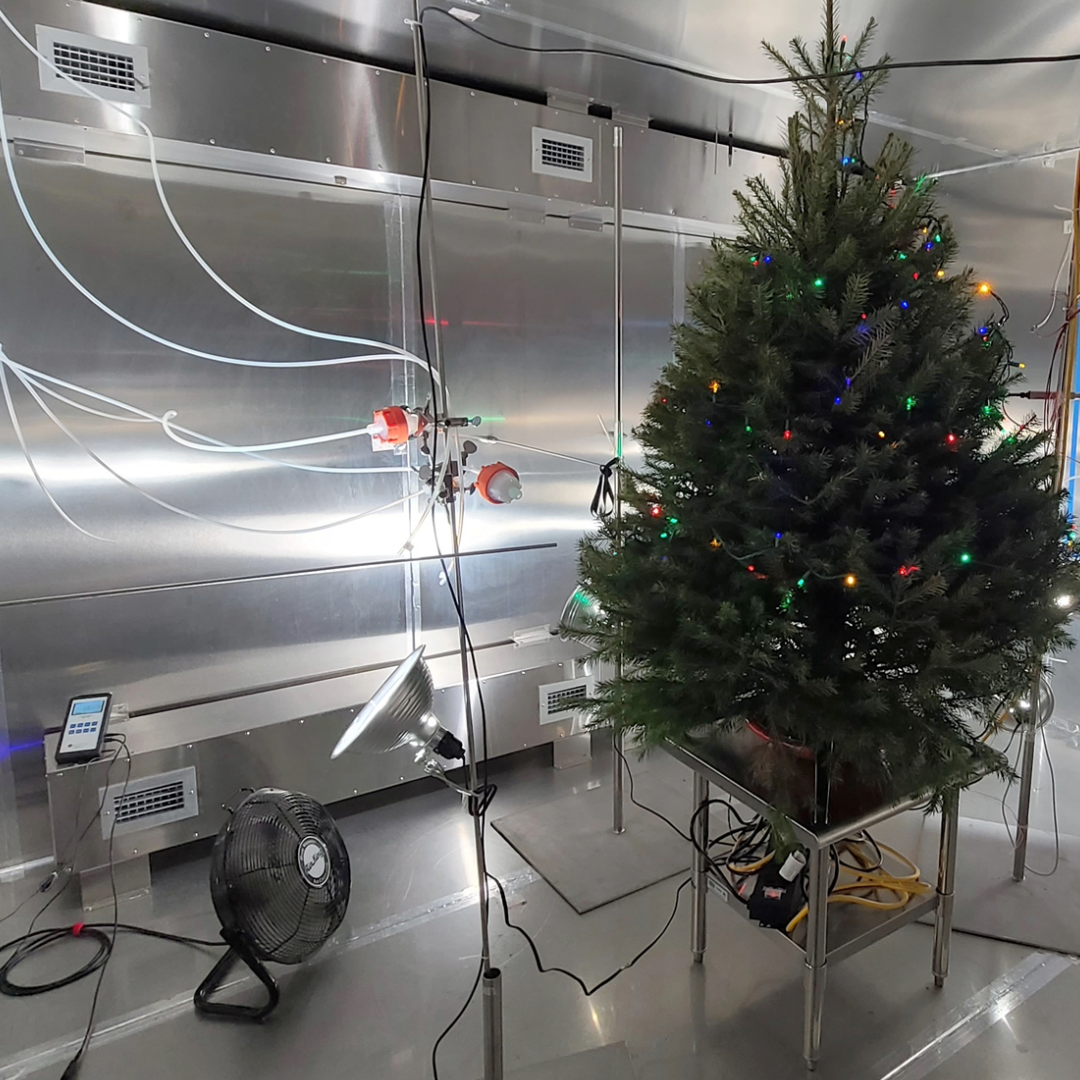
Leaderboard Winner/Runner Ups:
Wakui Jo (Winner)
- Time: 0:33
- Affiliation: Kogakuin University
James McGrath
- Time: 0:36
- Affiliation: Maynooth University
Neeraja Balasubrahmaniam
- Time: 4:09
- Affiliation: The Ohio State University
Puzzle 6: IAQ Education
Principal Investigator: Anna Conzatti
Contributors: Hom Bahadur Rijal
Description of Findings:
- Anna’s submission captures the Indoor Air 2024 theme of “Building Simulation, Sustainability, and Energy”. Puzzle #6 depicts a field data collection in temporary houses for displaced people in Japan. A goal of the study is to show that it is never too late, or too early, to learn about indoor air quality and its health impacts. Professor Hom Bahadur Rijal serves as a contributor to this research study.
About the Principle Investigator:
- Puzzle #6 showcases a submission by Anna Conzatti, a PhD student at the University of Bath.

Leaderboard Winner/Runner Ups:
Mahender Singh Rawat (Winner)
- Time: 0:17
- Affiliation: Clarkson University
Yi-Chen Chen
- Time: 1:26
- Affiliation: National Yang Ming Chiao Tung University
Moksh Wanger
- Time: 1:32
- Affiliation: Gwalior Glory High School
Puzzle 5: Indoor Air Quality Monitoring
Principal Investigator: Dr. Matthew Adams
Postdoc: Dr. Veerendra Sahu
Contributors: Tsaiping (Hannah) Liao, Minh Thi Nhat Dang, Kathryn Harris-Howard, Matthew Adams
Description of Findings:
- Dr. Veerendra Sahu’s submission captures the Indoor Air 2024 theme of “Sensors and Monitoring”. Puzzle #5 depicts a the monitoring of Indoor Air quality in the central library of the Indian Institute of Technology Roorkee. The library is equipped with a central heating ventilation system and an air conditioning (HVAC) system. Particulate matters (PM10 and PM2.5), total volatile organic compounds (TVOCs), carbon dioxide (CO2), and indoor environmental quality (IEQ) indicators (i.e. temperature, relative humidity, and ventilation) were continuously monitored across all floors of the library using the portable air quality monitors shown in the image.
About the Student:
- Dr. Veerendra Sahu is a Postdoc at the Indian Institute of Technology Bombay

Leaderboard Winner/Runner Ups:
Mahender Singh Rawat (Winner)
- Time: 0:07
- Affiliation: Clarkson University
Dustin Poppendieck
- Time: 0:55
- Affiliation: National Institute of Standards and Technology
Moksha Wagner
- Time: 2:46
- Affiliation: Gwalior Glory High School India
Puzzle 4: Fluorescent Tagged Household Dust
Principal Investigator: Dr. Matthew Adams
Student: Lauren Ead
Contributors: Tsaiping (Hannah) Liao, Minh Thi Nhat Dang, Kathryn Harris-Howard, Matthew Adams
Description of Findings:
- Pictured are a variety of particles found in household fallout via Nile red, a selective fluorescent dye, and confocal microscopy (405-555nm). This method is being explored to identify and characterize microplastics in household indoor air based on the fluorescent spectral profile of known materials. Through this work, we hope to identify a single combined fluorescence index value that reflects the unique fluorescence patterns of each material to aid in characterizing microplastics.
About the Student:
- Lauren Ead is a graduate student at the University of Toronto.

Leaderboard Winner/Runner Ups:
Veerendra Sahu (Winner)
- Time: 0:08
- Affiliation: Indian Institute of Technology Bombay
Mahender Singh Rawat
- Time: 0:09
- Affiliation: Clarkson University
Lauren Prox
- Time: 0:10
- Affiliation: Duke University
Puzzle 3: Monitoring and Measuring Viral Transmission
Principal Investigator: Andrea R. Ferro
Student: Mahender Singh Rawat
Contributors: Alan D. Roberts and Deborah M. Brown
Description of Findings:
- This research examines the dispersion of a laboratory strain of influenza A virus, H3N2, caused by human walking. The virus was produced in a sealed biosafety level 2 lab with no ventilation using a nebulizer. To monitor the aerosols, various devices were used, including the TSI APS and several PurpleAir Model PA-II low-cost particle monitors. The TSI APS utilized time-of-flight technology to measure and categorize particles with aerodynamic diameters ranging from 0.5 to 20 microns while estimating particle concentration through light scattering between 0.37–20 μm. To collect viral aerosols, three Glass Midget Impingers filled with PBS were employed at specific locations within the room: behind the nebulizer and at varying distances in front of it, all positioned approximately at a height of 1.5m.
About the Student:
- Mahender Singh Rawat is a graduate student at Clarkson University.

Leaderboard Winner/Runner Ups:
Veerendra Sahu (Winner)
- Time: 0:06
- Affiliation: Indian Institute of Technology Bombay
Mahender Singh Rawat
- Time: 0:07
- Affiliation: Clarkson University
Lauren Prox
- Time: 0:12
- Affiliation: Duke University
Puzzle 2: Settled Dust
Principal Investigator: Naomichi Yamamoto
Student: Cheolwoon Woo
Contributors: Cheolwoon Woo, Mohammad Imtiaj Uddin Bhuiyan, Donghyun Kim, Priyanka Kumari, Seung-Kyung Lee, Ji Young Park, Ke Dong, Kiyoung Lee, Naomichi Yamamoto
Description of Findings:
- A total of 107 settled house dust samples were collected from Korean households. After sieving the collected dust, DNA was extracted and DNA metabarcoding was performed. Then, the relationship between house dust mites, bacteria, and fungi was investigated. For more information, please refer to their paper HERE.
About the Student:
- Cheolwoon Woo is a graduate student at Seoul National University.
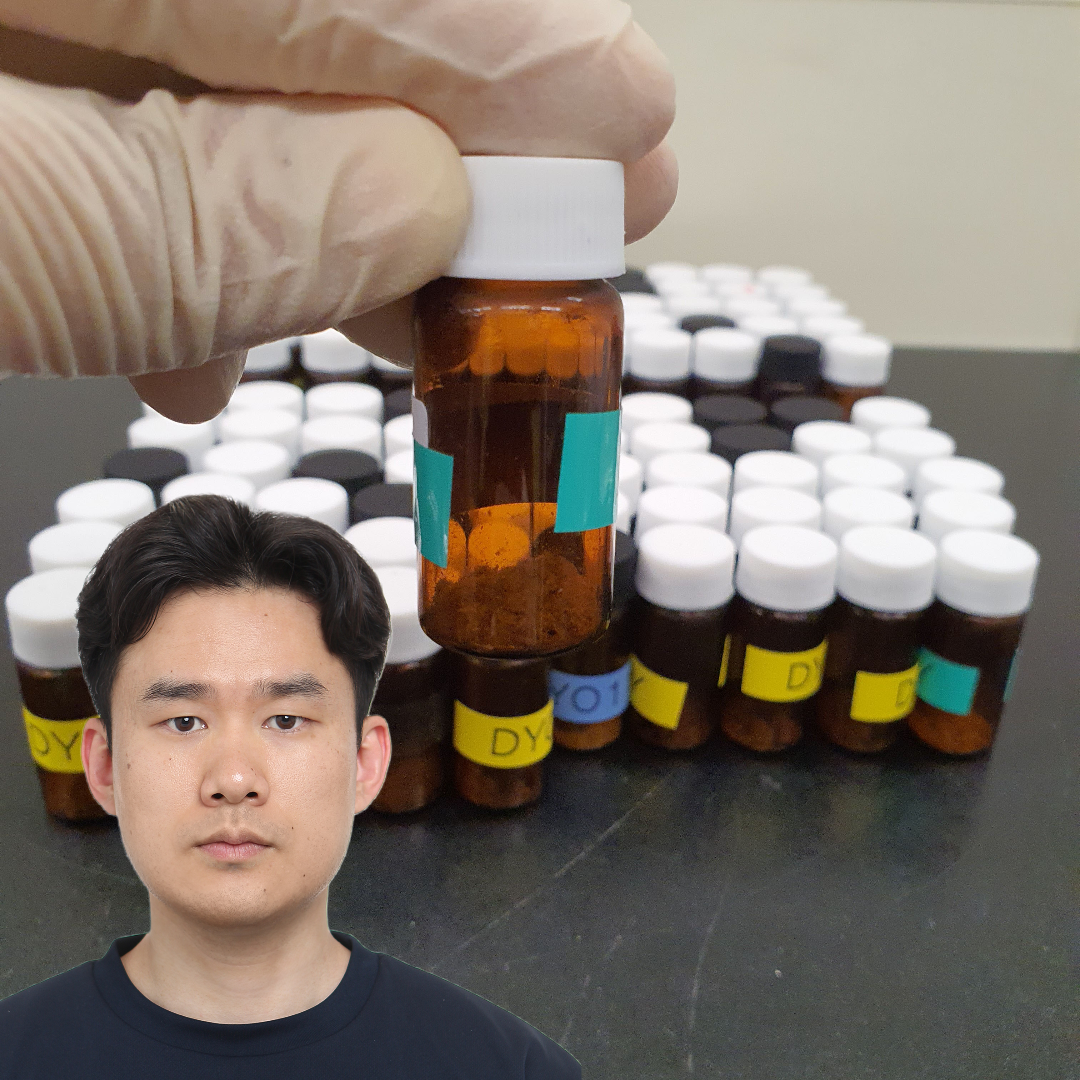
Leaderboard Winner/Runner Ups:
Lauren Ead (Winner)
- Time: 0:02
- Affiliation: University of Toronto
Mahender Singh Rawat
- Time: 0:02
- Affiliation: Clarkson University
Jie Yu
- Time: 0:03
- Affiliation: University of Toronto
Puzzle 1: Up in the Air
Principal Investigator: Barbara Turpin
Student: Clara Eichler
Contributors: Naomi Chang, Glenn Morrison
Description of Findings:
- Clara’s submission captures the Indoor Air 2024 theme of Indoor Chemistry, Sources, and Transformation. This puzzle depicts pieces of cotton cloth being aired out outside under a large open tent to lower the concentrations of target chemicals (neutral per- and polyfluoroalkyl substances, PFAS), which are higher indoors than outdoors.
About the Student:
- Clara Eichler is a graduate student at the University of North Carolina at Chapel Hill.
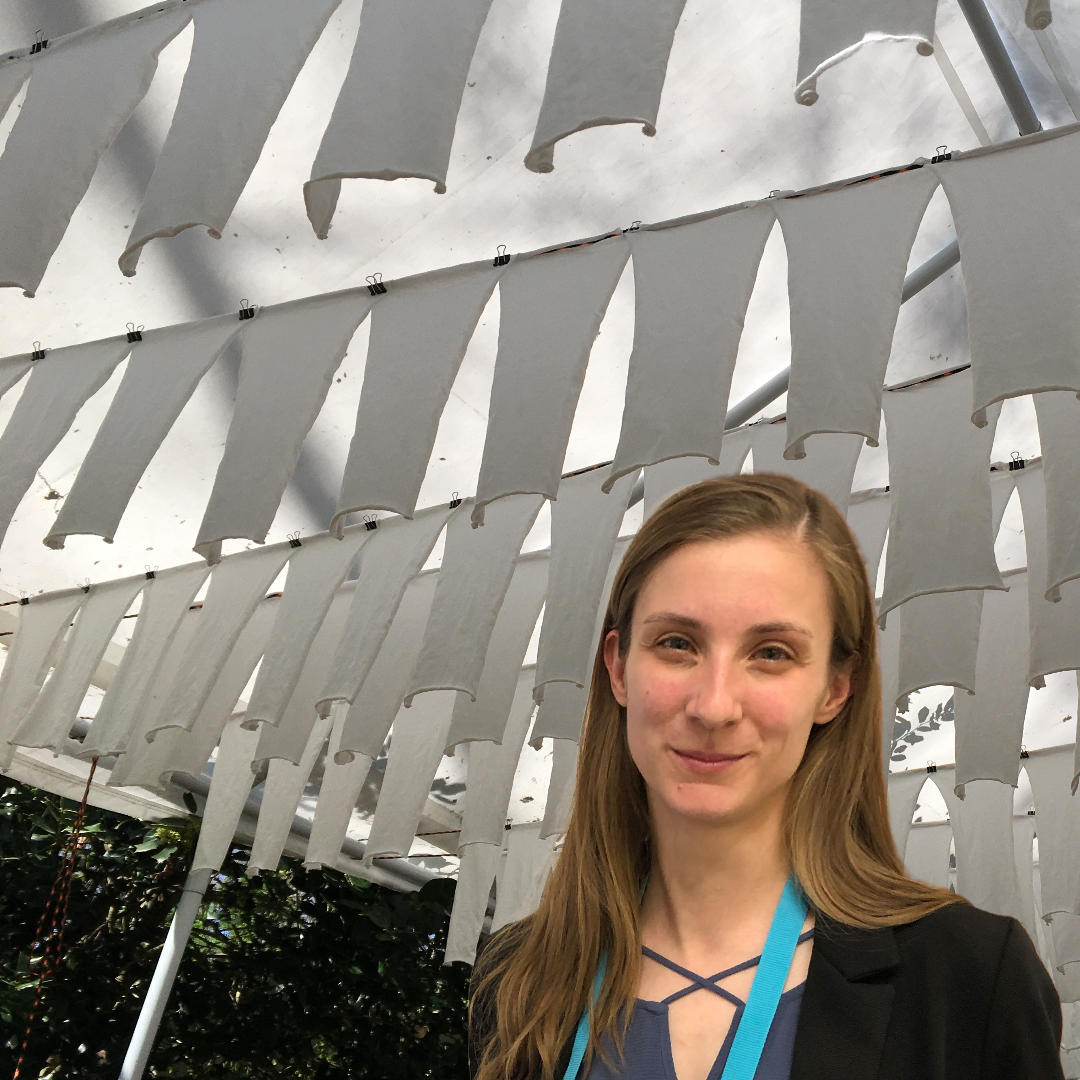
Leaderboard Winner/Runner Ups:
Mahender Singh Rawat (Winner)
- Time: 0:15
- Affiliation: Clarkson University
Lauren Ead
- Time: 0:18
- Affiliation: University of Toronto
Leonardo Cozac
- Time: 0:40
- Affiliation: Conforlab
Puzzle 0: Indoor Air Logo
Principal Investigator: ISIAQ
Student: TBA
Description of Findings:
- The Indoor Air 2024 puzzle competition presents a way to highlight new research and findings related to indoor environmental quality. This puzzle profile section will catalog the researchers and their findings that we will be showcasing.
About ISIAQ:
- Nonprofit organization
- ISIAQ is an international, independent, multidisciplinary, scientific, non-profit organization whose purpose is to support the creation of healthy, comfortable and productive indoor environments.
- Visit us at www.isiaq.org

